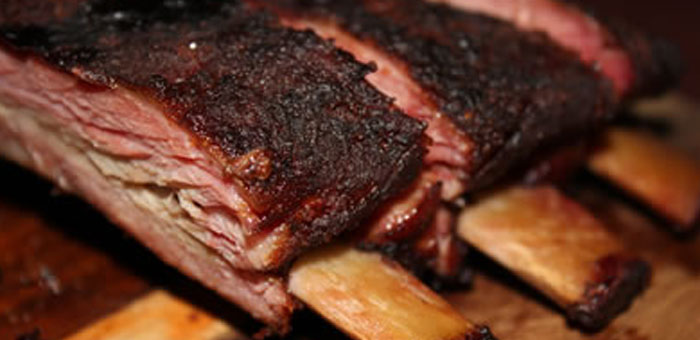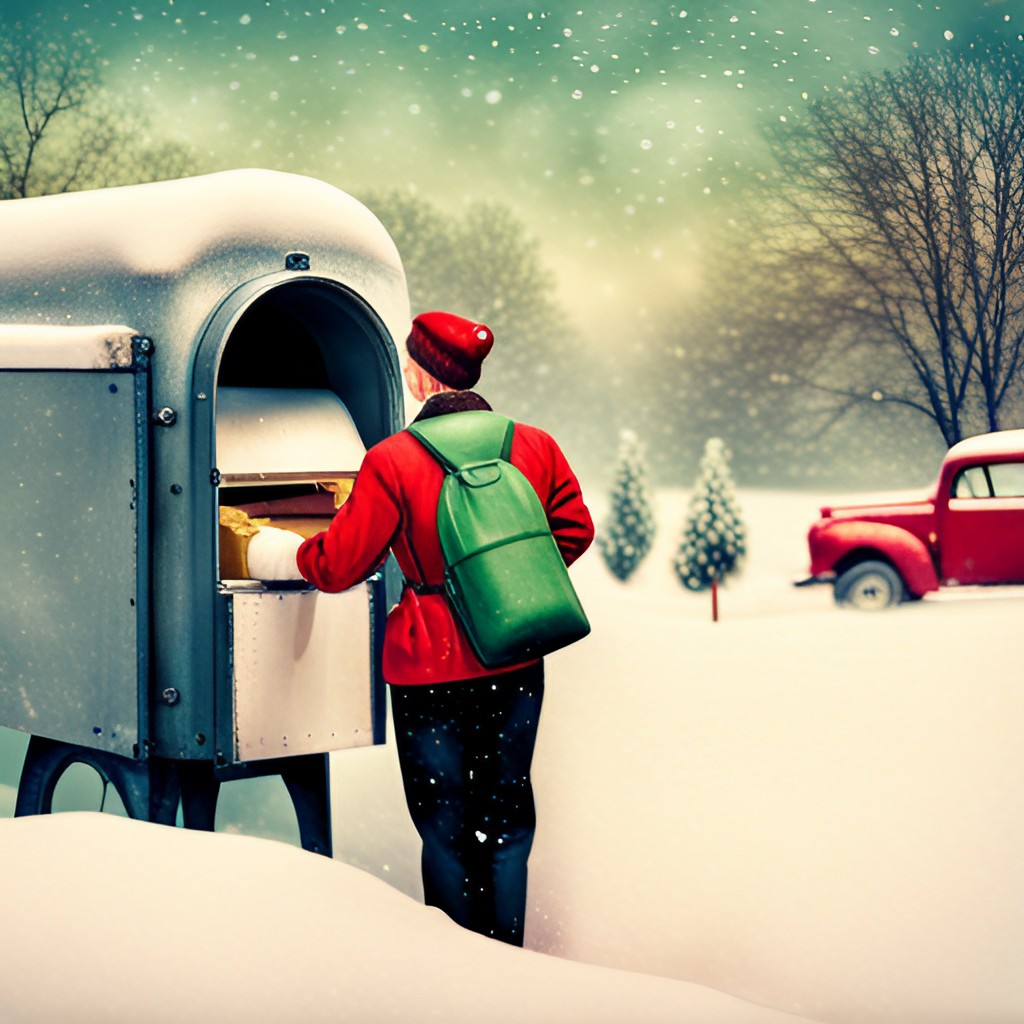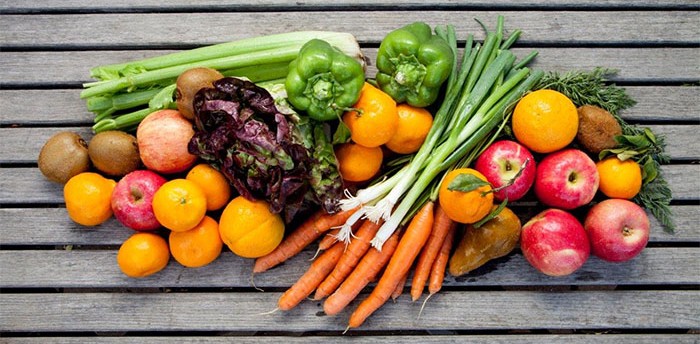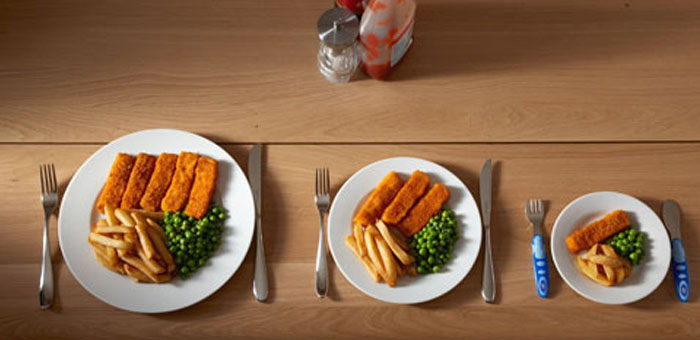Cold smoking meat
Some of the basic criteria used to determine which foods are suitable for cold smoking include the type and duration of the cure and whether or not the food will be air-dried after smoking. Smithfield hams, for example, are allowed to cold smoke for one week; after that, they are air-dried for six months to a year. But cold smoking need not be reserved just for hams that will be air-dried or salmon that has been rendered safe by virtue of the salt-cure. It can also be used to prepare foods that will be cooked by another means before they are served.
Cold smoking can be used as a flavor enhancer for items such as pork chops, beef steaks, chicken breasts, or scallops. The item can be cold smoked for a short period of time, just enough to give a touch of flavor. They are ready to be finished to order by such cooking methods as grilling, sautéing, baking, or roasting, or they may be hot smoked to the appropriate doneness for an even deeper smoked flavor.
Cheeses, vegetables, and fruits can be cold smoked for an extra, unique flavor. Typically a very small measure of smoke is best for these foods, just enough to produce a subtle change in the food’s color and flavor.
Smokehouse temperatures for cold smoking should be maintained below 100°F / 38°C. (Some processors keep their smokehouses below 40°F / 4°C to keep foods safely out of the danger zone.) In this temperature range, foods take on a rich smoky flavor, develop a deep mahogany color, and tend to retain a relatively moist texture. They are not cooked as a result of the smoking process, however.
Keeping the smokehouse temperature below 100°F / 38°C prevents the protein structure of meats, fish, or poultry from denaturing. At higher temperatures, proteins change and take on a more crumbly texture. The difference is easy to imagine: think of the difference in texture between smoked and baked salmon fillets.
Hot smoking meat
Hot smoking meat exposes foods to smoke and heat in a controlled environment. Although we often reheat or cook foods that have been hot smoked, they are typically safe to eat without any further cooking. Hams and ham hocks are fully cooked once they have been properly smoked.
Hot smoking occurs within the range of 165°F to 185°F. Within this temperature range, foods are fully cooked, moist, and flavorful. If the smoker is allowed to get hotter than 185°F, smoked foods will shrink excessively, buckle, or even split. Smoking meat at high temperatures will also reduce the yield, since both moisture and fat will be cooked away.
Smoke roasting
Smoke-roasting refers to any process that has the attributes of both roasting and smoking. This smoking method is sometimes referred to as barbecuing or pit-roasting. It may be done in a smoke-roaster, closed wood-fired oven or barbecue pit, any smoker that can reach above 250°F, or in a conventional oven (one you don’t mind having smoky all the time) by placing a pan filled with hardwood chips on the floor of the oven so that the chips can smolder and produce a smoke bath.
Pan smoking
It is possible to produce smoked foods even if you don’t have a smoker or smokehouse. Pan-smoking is a simple and inexpensive method to give a smoke-enhanced flavor to foods in a relatively quick time. Pan-smoking requires two disposable aluminum pans, a rack, and some sawdust. The drawback of pan-smoking is that it is hard to control the smoke and products tend to get a flavor that is too intense and may be bitter.
If you have any additional tips for smoking meat, let us know. Facebook | Twitter




